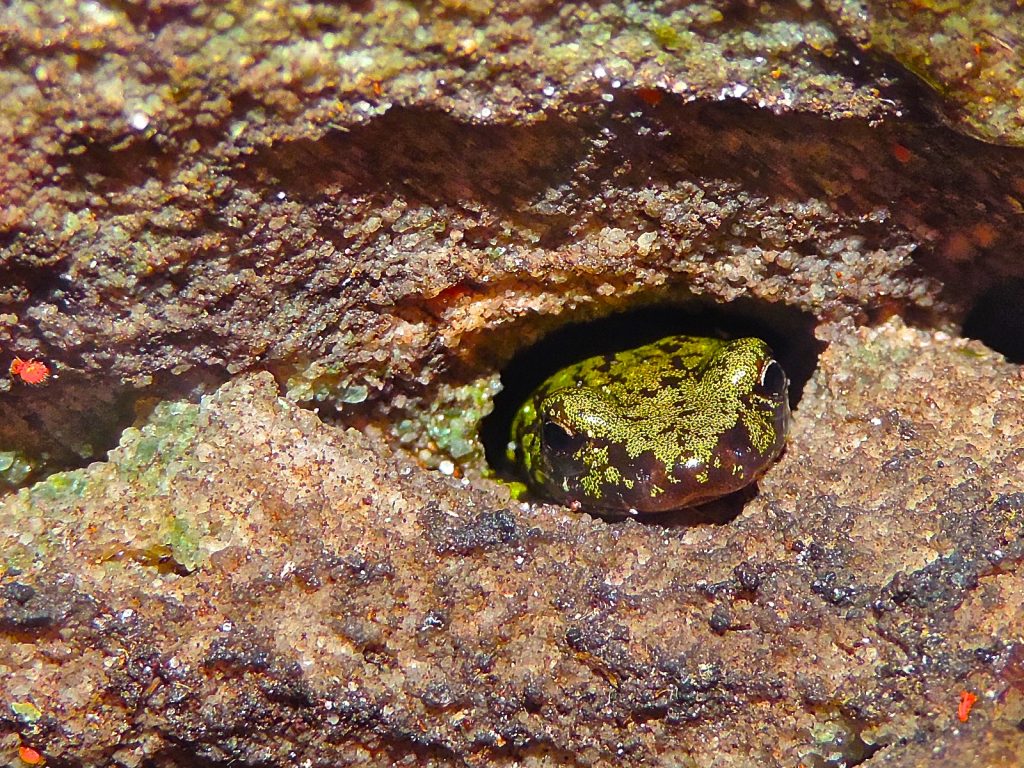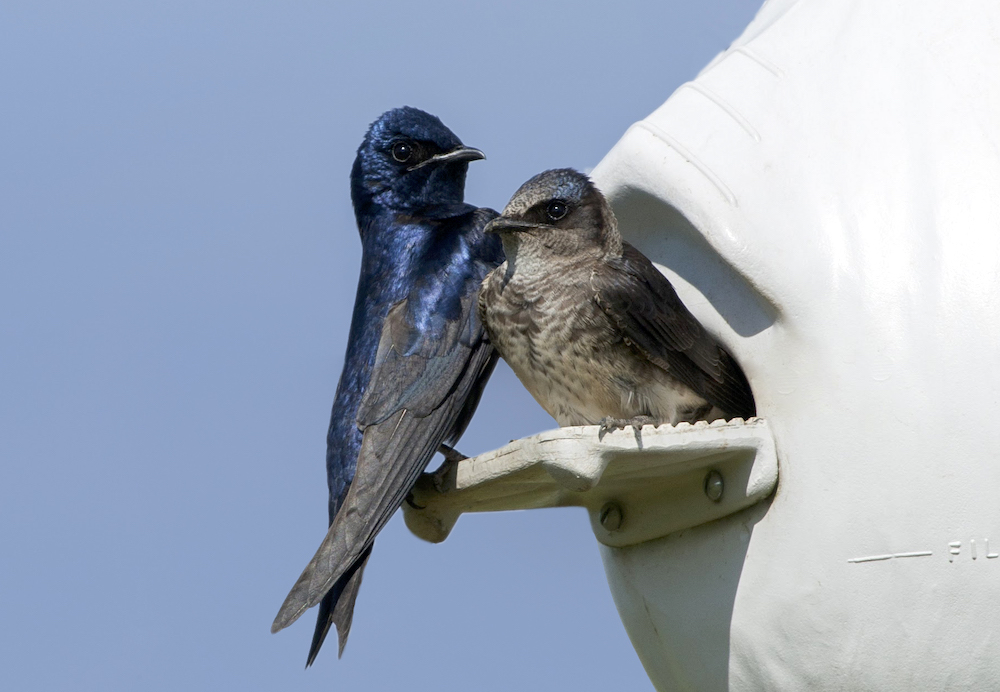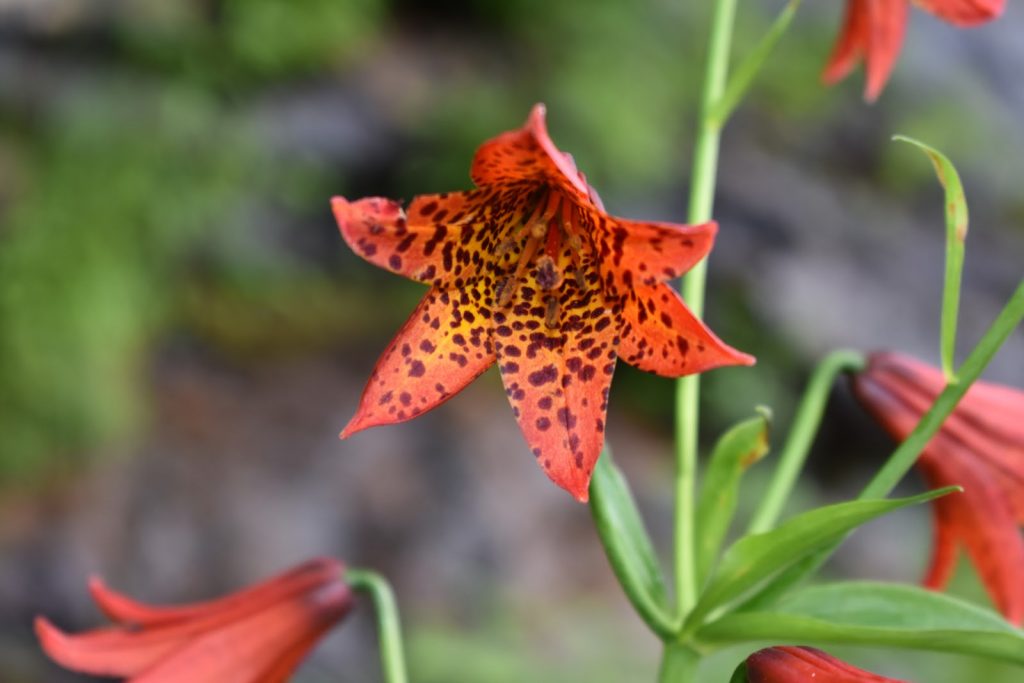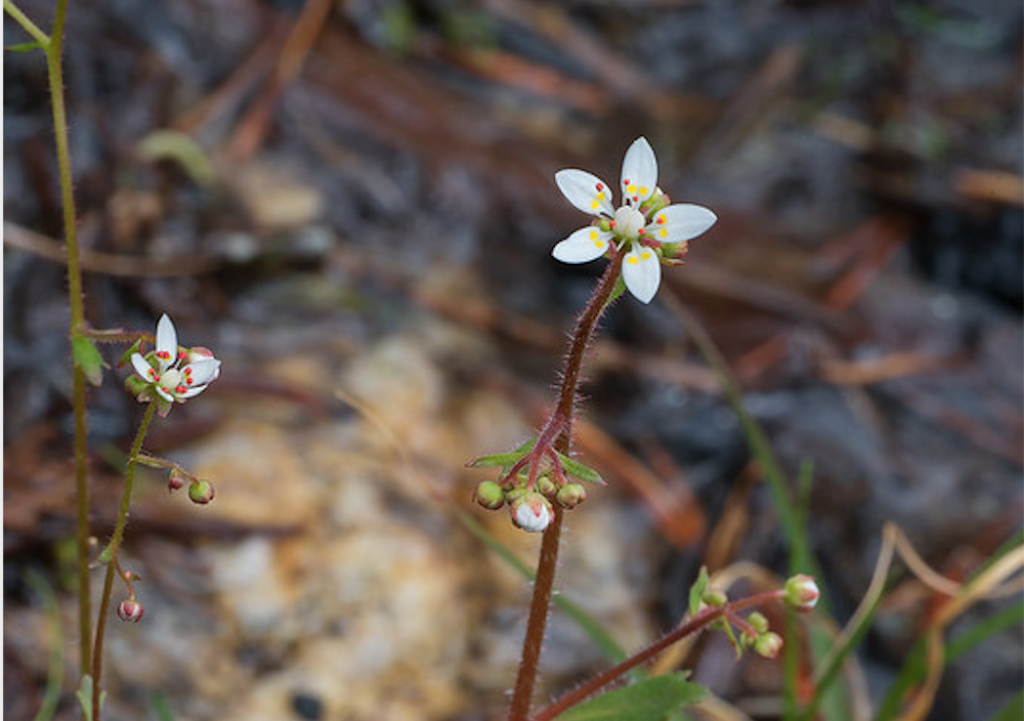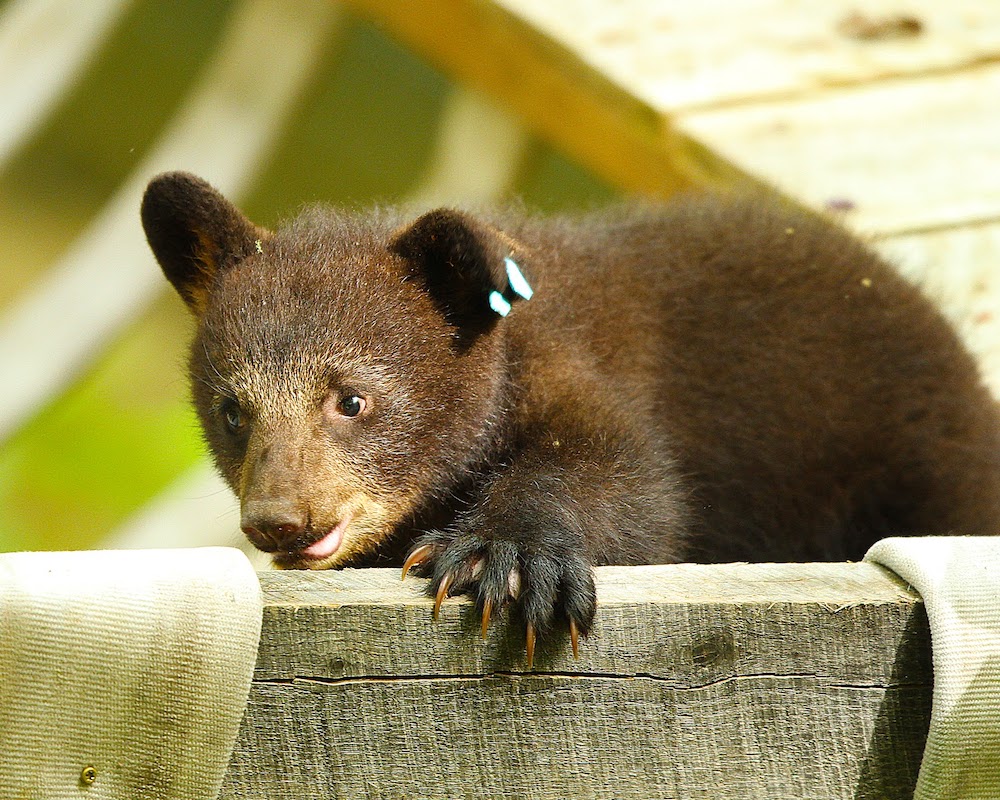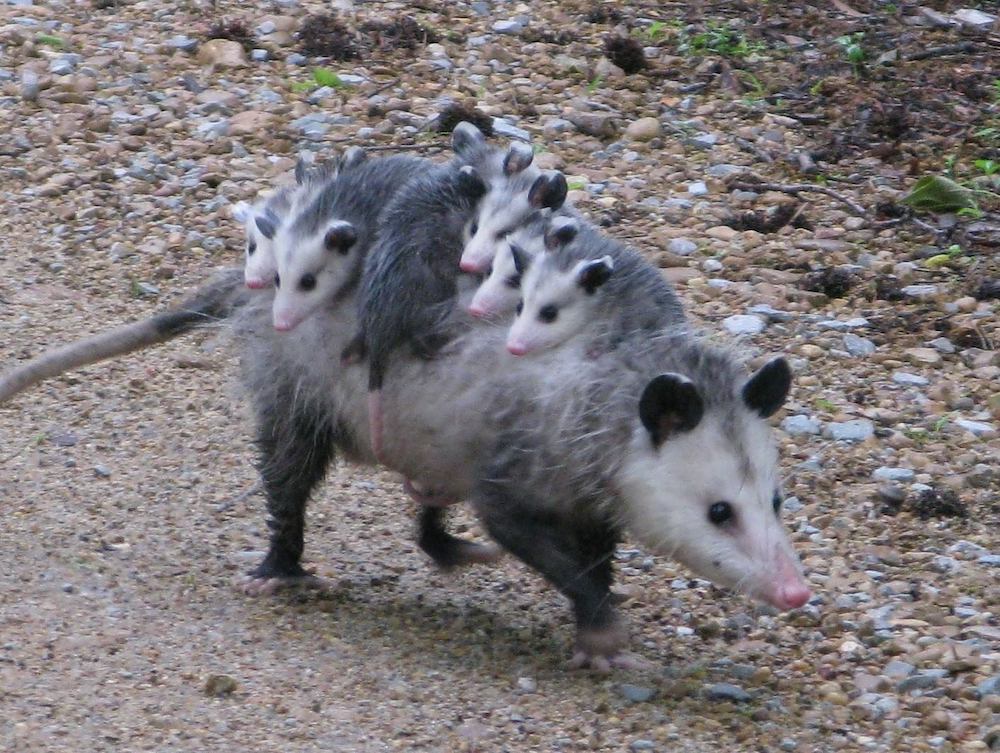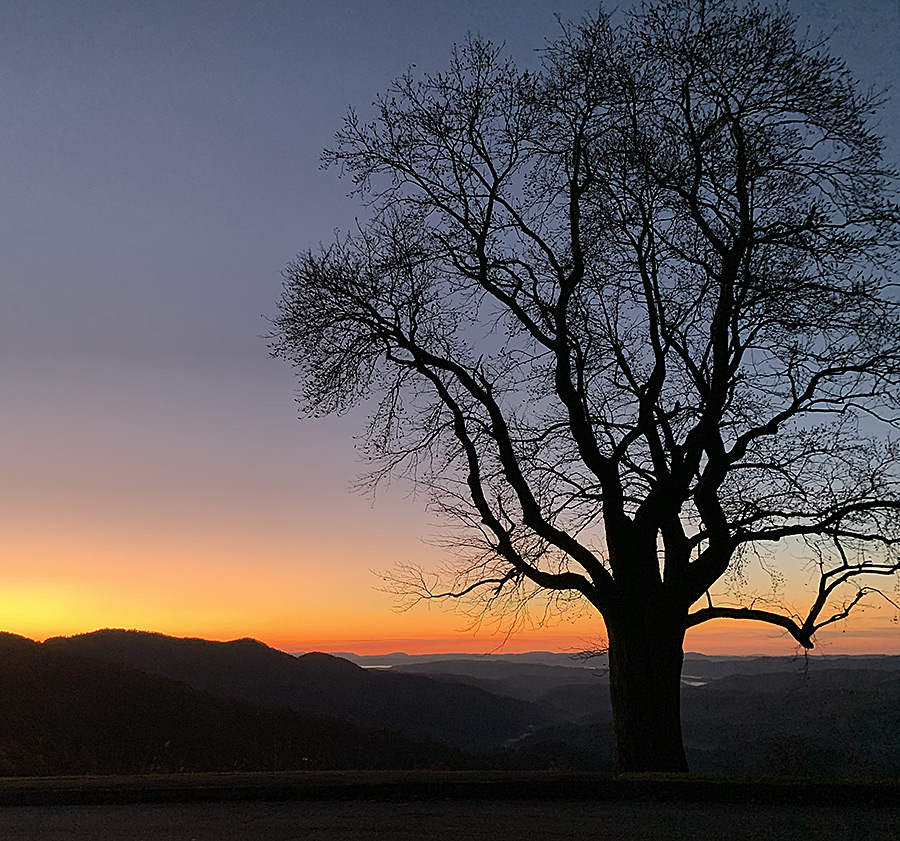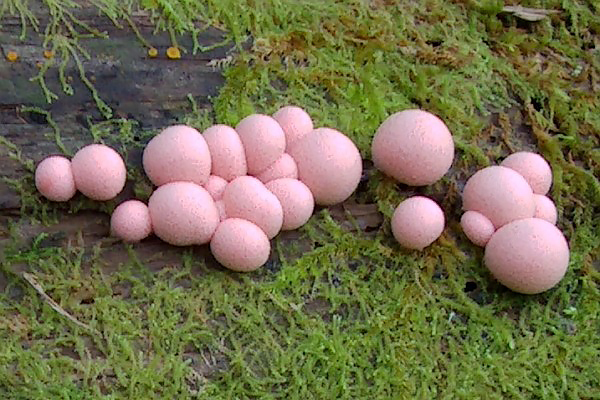Naturalists Notebook
Surviving Winter as a Salamander in Appalachia
What do salamanders do when the air turns frigid? UVA-Wise professor Walter Smith has been observing a particular green salamander for 8 years, and shares some of the species’ survival strategies.
Read MoreTicks: Get to Know Them, and Then Avoid Them
Climate change has led to an increase in the population and range of these tiny, disease-spreading bloodsuckers.
Read MorePurple Martins: The Neighbors We Didn’t Know We Wanted
The migratory purple martin is almost entirely dependent on human-made housing while it lives in Eastern North America during the warmer months.
Read MoreThe Tale of Gray’s Lily
Two enthusiastic botanists tracking the rare Gray’s lily at Tater Hill Plant Preserve in North Carolina help the writer search for signs of the elusive flower at a nearby parcel of land.
Read MoreResearchers Discover New Wildflower in SC
The only known population of Shealy’s saxifrage lives at a preserve owned by The Nature Conservancy in Pickens County, South Carolina.
Read MoreReady for the Wild: Rescue Rehabilitates and Releases Young Bears
The Appalachian Bear Rescue in Townsend, Tenn., has saved more than 300 bears from eight different states over the last 25 years.
Read MoreMeet Appalachia’s Misunderstood Marsupial, the Opossum
With their appetites for snakes and ticks, and their propensity to clean up stray roadkill and rotting plants, opossums can be helpful neighbors to humans.
Read MoreBobcats, the Masters of Camouflage
Although prevalent throughout North America, this stealthy animal is scarcely seen by humans.
Read MoreThreats to the Tree of Life
Magnificent, strong and once thriving in Appalachian forests, oaks now struggle to regenerate. As deadly diseases spread in other regions, a new alliance is emerging to protect this key species.
Read MoreThe Intelligence of Slime Mold
This brainless, single-celled organism is able to solve surprisingly complex puzzles and is even able to memorize and anticipate changes in its environment.
Read More
